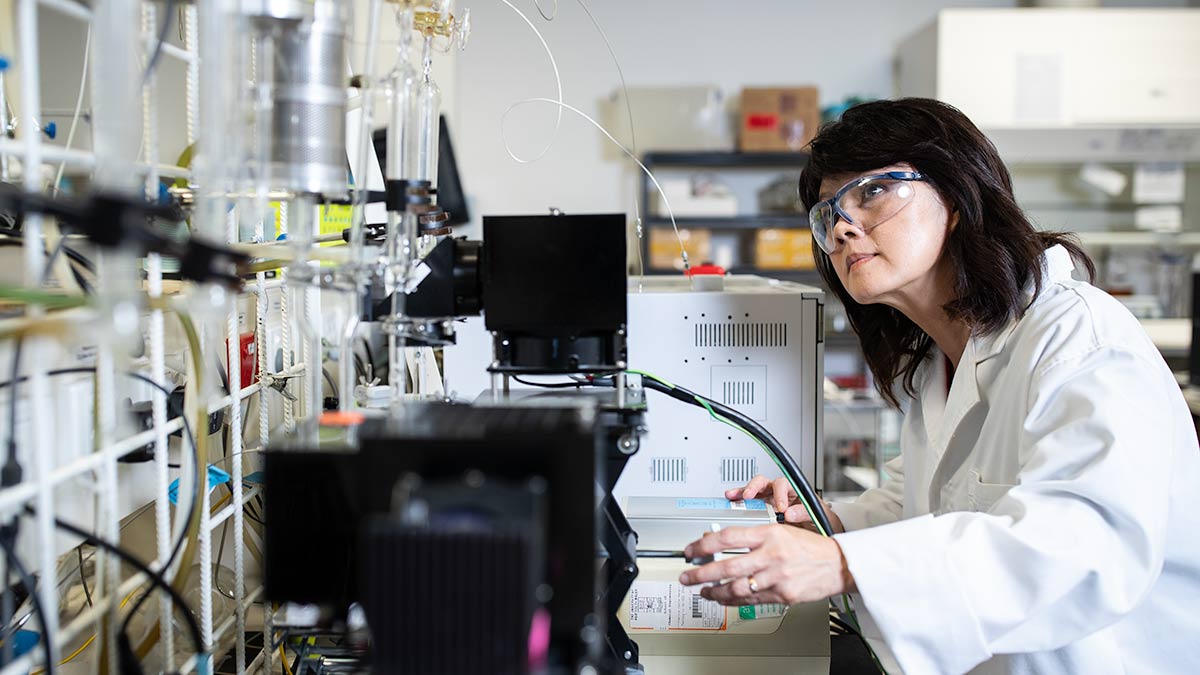UNSW Sydney will lead a new research consortium that will advise the NSW government on the opportunities to foster new green fuel industries in the state, using excess solar and wind power.
UNSW’s scientia professor Rose Amal will lead a research group that will prepare a Power-to-X (P2X) Industry Feasibility Study, to be delivered to the NSW Office of the Chief Scientist & Engineer, on local opportunities for new energy conversion technologies.
The P2X study will explore how the excess power produced from New South Wales wind and solar projects set to be built as part of the state government’s ambitious energy strategy can be used to produce fuels and chemicals like hydrogen, ammonia and methane.
“NSW has untapped renewable energy potential that presents excellent opportunities to build a P2X industry at scale – to meet domestic and export demand for green energy. P2X offers opportunities for deep decarbonisation for hard-to-abate industries, regional development and investment attraction, as well as exporting renewable energy to overseas markets via hydrogen carriers,” professor Amal said.
“Countries such as Germany, Japan and South Korea are already seeking partners and locations in Australia for renewable hydrogen production, to export to their respective countries. NSW has all the ingredients required for a future hydrogen economy and a rare opportunity to lead the P2X development. But we must act urgently and invest in the technology and start building capabilities now, to ensure we capture this enormous opportunity for our state and our country.”
The P2X research consortium will bring together researchers from UNSW, the University of Newcastle, University of Wollongong, University of Sydney and the CSIRO.
The group will work together to provide advice to government on how new technologies can be used to expand the state’s energy storage capabilities, and the ability to use fuels derived from wind and solar in manufacturing.
Professor Amal has overseen the UNSW’s research into new hydrogen technologies, including techniques for producing ammonia, a key fertiliser and a promising medium for hydrogen storage, using just air, water and renewable energy as an input.
NSW chief scientist and engineer Hugh Durrant-Whyte said the feasibility study would be key to growing the state’s green hydrogen capabilities, which could drive further reductions in greenhouse gas emissions in industries beyond the electricity sector.
“There is an existing demand for hydrogen and a growing market for other P2X products overseas, in NSW and across Australia,” professor Durrant-Whyte said. “Transport, electricity and gas industries are also actively exploring P2X solutions to decarbonise processes and products in NSW.
“A local P2X industry could play a major role in NSW’s target of net zero emissions by 2050 and create hundreds of jobs. We need immediate, targeted and coordinated investment in these technologies to meet our economic and moral obligations to decarbonise.”










